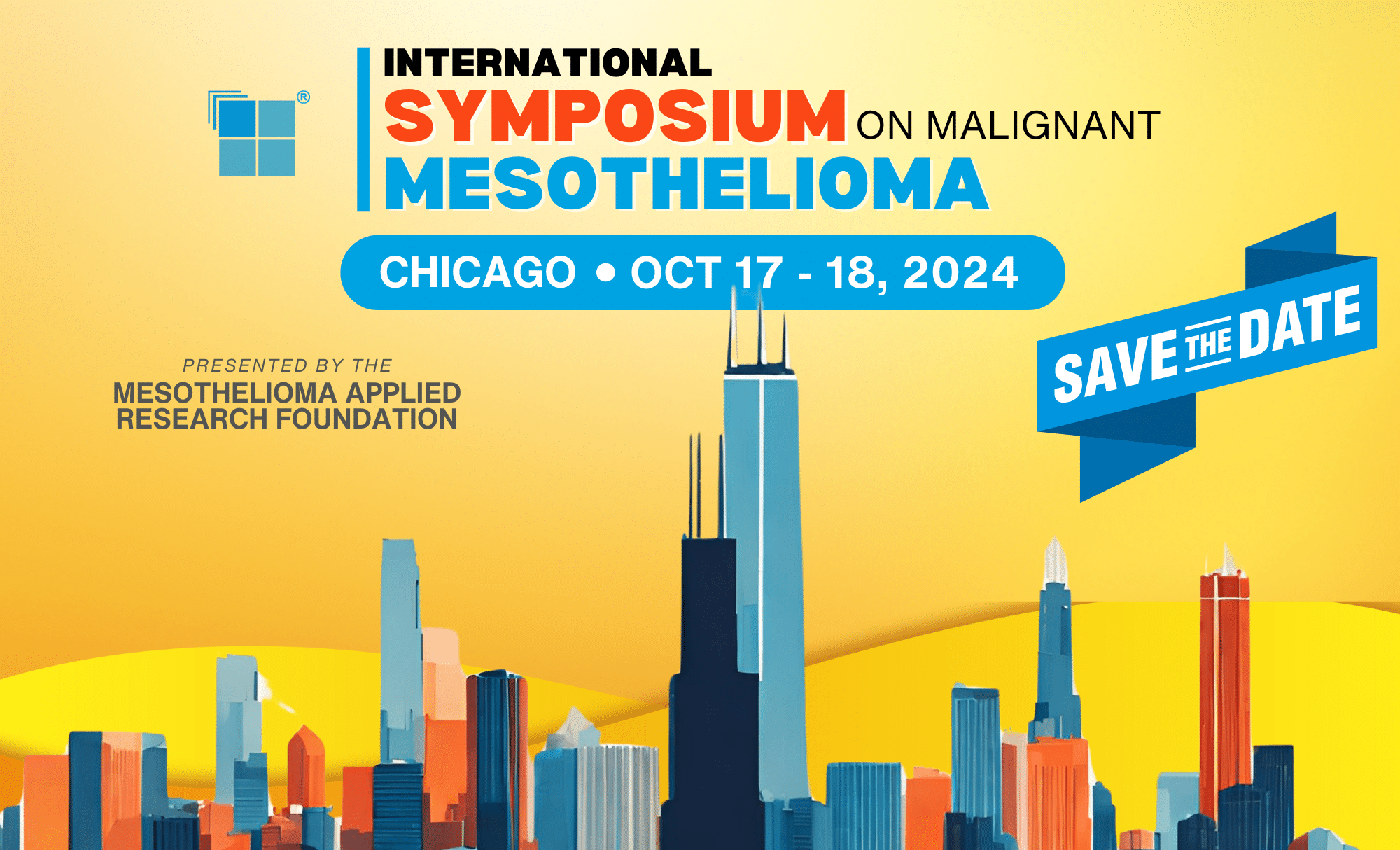Kendra Ferreira is a fine artist living in Portsmouth, RI. Though busy, life seemed to be going fairly smoothly for Kendra, her husband Paul and three boys, PJ, Christian and Stefan. Kendra was teaching art classes, showing in galleries and exhibitions and was an active member of several local art associations. With her boys getting older, Kendra had found herself with more time, and prior to her diagnosis, was investigating the possibility of having a studio/gallery of her own.
However, in December 2001, Kendra noticed that her waistline was expanding although she wasn’t gaining weight. By February 2002, she was having pain when digesting meals and noticed that her belly was swelling as if she were pregnant.
Kendra’s gastroenterologist believed it was gastrointestinal-related and ordered a series of tests. The tests showed nothing other than a buildup of fluid in the abdomen (ascites). When her doctor drained and tested the fluid, he found atypical cells. He performed a laparoscopy, which revealed tiny cancerous tumors all over her ovaries, omentum and peritoneal lining.
At that point, her doctors believed that Kendra had ovarian cancer and immediately scheduled her for a hysterectomy. During surgery in April of 2002, the oncologist removed her uterus, ovaries and as much tumor as he could. He also began to suspect the cancer was really peritoneal mesothelioma which had spread to the ovaries. A pathology test confirmed that diagnosis a week later.
This news came as a shock because Kendra was in such good physical condition. She exercised, watched her diet and weight, and had never been seriously ill or had any major surgery. In addition, Kendra and her family had never even heard of mesothelioma. After the hysterectomy, Kendra went into immediate menopause and began hormone replacement surgery.
In May, Kendra began 12 systemic chemotherapy treatments of cisplatin and gemcitabine, administered every other week. She could not tolerate cisplatin and was hospitalized twice for severe vomiting and dehydration. After two doses of cisplatin and six of carboplatin, the treatments were changed to carboplatin and gemcitabine. Kendra soon realized that while the oncology group treating her was made up of excellent doctors, they weren’t familiar with peritoneal mesothelioma and how to treat it.
Kendra and Paul began to search on the internet for other treatment options and found a few doctors to consult with them. Kendra chose Dr. Robert Taub of Columbia University because of his experience and optimism in treating peritoneal mesothelioma. She and Paul felt extremely comfortable with Dr. Taub, his clinical nurse, Mary Hesdorffer, and the surgeon on the team, Dr. Chabot. Kendra and Paul found all three individuals to be very professional, positive and sincere in taking time to answer their questions and explain procedures.
In November of 2002, Kendra began Dr. Taub’s clinical trial with surgery performed by Dr. Chabot. This surgery was intended to de-bulk any remaining tumors, clean up any scar tissue and implant ports for intraperitoneal chemotherapy.
Dr. Chabot was quite happy when he explored Kendra’s abdominal area and found no evidence of mesothelioma. The surgeon took random biopsies during the surgery and at the time found no mesothelioma. However, later review revealed microscopic traces of epithelial tumor in the biopsy material. This surgery, which can last for hours, ended up taking only an hour and a half. Kendra and Paul felt that things had begun to look positive for a change. The systemic chemotherapy appeared to have worked after all.
A few weeks after surgery, Kendra traveled back and forth to New York City for chemotherapy treatments consisting of Adriamycin and oxaliplatin (a new drug) administered intraperitoneally. She received Adriamycin one week and oxaliplatin the following week for a total of four doses each. Kendra felt very good and after the first two treatments was able to receive the chemotherapy as an outpatient. Fortunately, she didn’t have any side effects from this type of chemo other than a distended abdomen. The combination of chemo medications and fluid administered inside her abdomen caused her some discomfort and, unusually, the fluid didn’t seem to dissipate on its own.
On the occasions when Paul couldn’t travel to New York with Kendra, she was accompanied by friends. She was delighted to find a nonprofit organization called Angel Flights to assist her in travel back and forth to the city. Relatives helped out with the boys and her church and friends provided meals.
Following intraperitoneal chemotherapy, Kendra received four treatments with gamma interferon intraperitoneally. For a couple days after each treatment, she experienced flu-like symptoms, chills, body aches, headache and fatigue. The medication is administered mixed with fluid, and then additional fluid is administered to ensure that the medication flows around all the organs and doesn’t damage them. The fluid is intended to be reabsorbed, but following treatments, again considerable excess fluid remained in Kendra’s abdomen. On several occasions a week after treatment she had a liter or so of fluid drained. Her doctors weren’t sure if she was producing additional abdominal fluid in response to the treatment or not absorbing that fluid that was administered.
On April 8, 2003, Kendra underwent the second surgery in Dr. Taub’s protocol, which was to remove the port, receive a hot chemo belly wash, and perform biopsies to any visible signs of tumor. During the surgery three tiny spots of mesothelioma were found. They were between tissues and the intraperitoneal chemo had not affected them. The surgeon scraped the tumors prior to performing the chemo wash.
Kendra was very fatigued after the surgery. Three months later, in June 2003, she received four weeks of abdominal radiation, which she described as “absolutely horrible.” She experienced constant nausea, tiredness and weakness. At one point the only food she could keep down was Ensure drinks. Some residual nausea continued until three weeks after radiation ended.
It took more than two months for Kendra to recover from radiation, to feel good and to feel her energy level return. For almost a year, Kendra had to limit herself to small meals because of abdominal discomfort after the radiation treatments. CT and PET scans indicated that everything looked good although Kendra retained a considerable amount of fluid in her abdomen for months. Dr. Taub was very puzzled by this; one possibility is that it was caused by chronic inflammation of the abdominal area and not necessarily by cancer. Kendra is the first of his patients to experience this problem and eventually it dissipated on its own.
Life changed for the next year or two, but despite the fatigue she experienced regularly, Kendra was able to work part time, take care of her boys, and enjoy time with friends and family. Though it is a slow process because she is still healing, Kendra is very happy to again focus on creating and showing new works of art. She began walking regularly, practicing yoga, and enlisted the help of a personal trainer to put together an easy work-out program to help strengthen her muscles again. Kendra also began eating healthy foods and often chooses organic when possible.
Thirteen years later Kendra is still cancer free. Only two side effects remain: some short-term memory loss and difficulty digesting dense foods or meat. The most recent CT scan showed scar tissue and more twists and turns in the intestines, which urged Kendra to become a pescatarian. After years of regular checkups, she was released in May of 2015 with Dr. Taub’s wonderful parting words, “don’t come back unless you have a problem!”
Kendra continues to work on her art career, loves to travel, and recently took up tennis. She enjoys spending time with family and friends and is so grateful not only to have survived, but to be able to live her life and help others.





